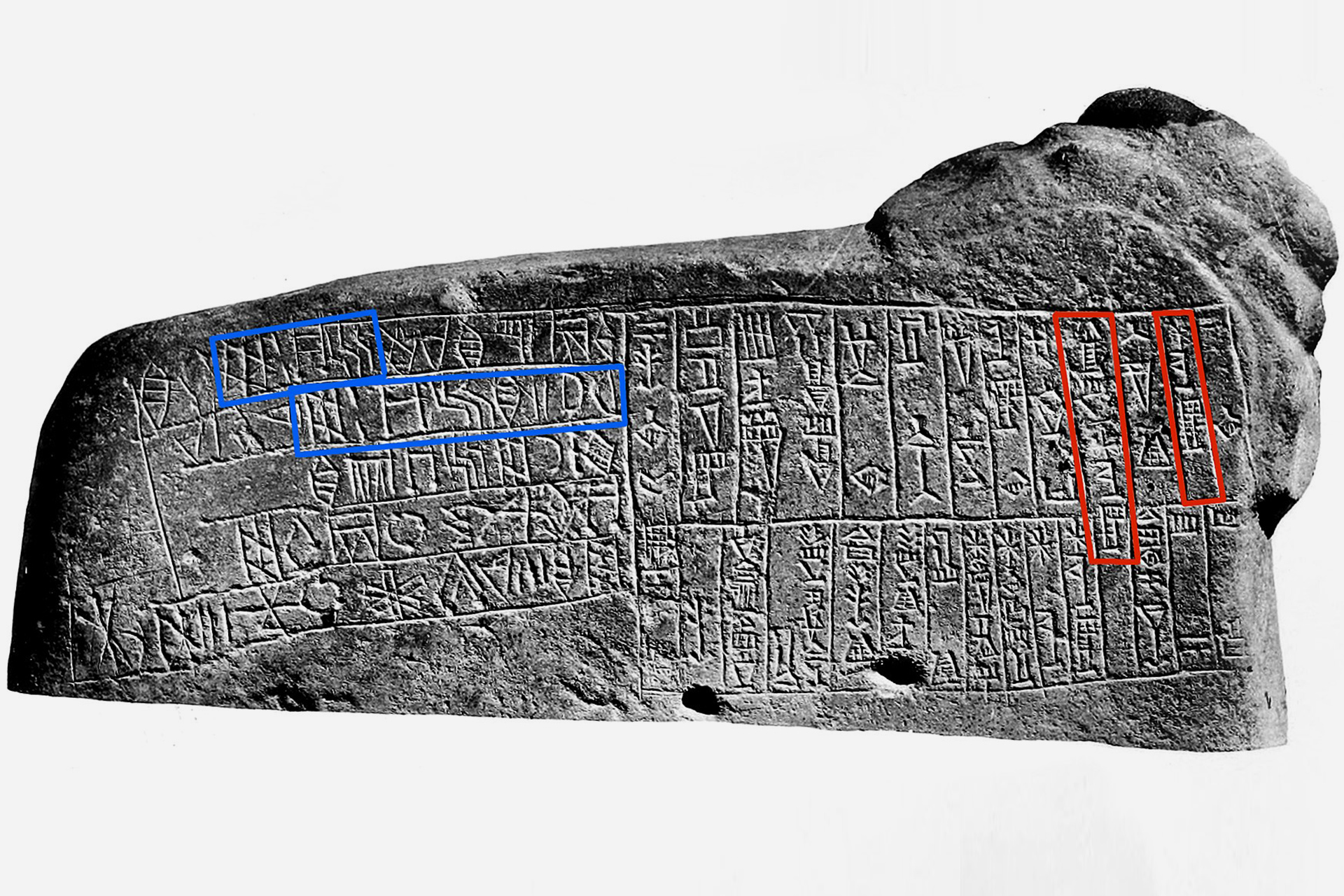A team of scientists has deciphered an ancient writing system - known as Linear Elamite - that was used in Iran around 2300 to 1800 BC.
The results of the study were published in the "Journal of Assyriology and Near Eastern Archeology" (Zeitschrift für Assyriologie und vorderasiatische Archäologie) on 1 July.
extinct ancient language
It is worth noting that the Elamite script (relative to Elam or Elam, one of the ancient Iranian civilizations) was first discovered in Susa, Iran (modern city of Shushan) in 1903.
Elam was one of the first cities in the world to use written symbols to administer a complex community of people.
The early Elamites traded with the two kingdoms of Mesopotamia in the west and the Indus River civilization, which flourished in what is today India and Pakistan.
The early Elamites laid the foundation for later Persian kingdoms, including the Achaemenid dynasty, which eventually subjugated much of the ancient Near East.
The primitive cuneiform writing (such as Sumerian and Akkadian), which flourished in Mesopotamia, Egyptian hieroglyphics and Elamite writing are among the oldest ancient writing systems.
Scientists in the 19th century were able to decipher cuneiform writing, which helped them understand many details of life in Mesopotamia.
Silver cups containing Elamite writing in the National Museum of Iran (Wikipedia-Dessie et al.)
Similar to cuneiform writing
At the beginning of the last century, archaeologists discovered - in the area that extended from the Mesopotamian plain to the Iranian plateau - new evidence of a writing system that seemed as old as cuneiform writing, but it used a different set of symbols.
Scholars called it Elamite writing.
The Elamite writing was used between the end of the third millennium and the beginning of the second millennium BC in the ancient kingdom of Elam (present-day Iran).
Scientists have not been able to decipher this Elamite script for nearly 4,400 years.
And in 2017, François Dessier, first author of the current study for the CNRS Archéorient team in France and affiliated with the University of Tehran, began to understand what some of these texts mean.
And in 2020, Diceet was able to understand 96% of the symbols of this writing.
To date, there are just over 40 artifacts - between clay tablets, stone traces and some other metal utensils - containing inscriptions of Elamite writing.
Some of these historical artifacts are preserved in the National Museum of Tehran and the Louvre in Paris.
Among these holdings are some silver cups and vases that are preserved in the Iranian National Museum and that scholars used to understand the meanings of the Elamite inscriptions.
There are about 3.7% of Elamite scripts not yet known (Wikipedia-Frank Karl)
Unlock the puzzle
By analyzing a series of texts found on 8 silver vases (which are believed to have been associated with some funerary rites), the team was able to identify some known repetitions, signs and names.
The team compared these repeated signs to some deciphered cuneiform texts dating back to about the same period and containing the same phrases that are used to describe rulers, which eventually helped them identify the names of two rulers as well as many other personalities.
However, there are about 3.7% of the Elamite linear symbols that are not yet known.
The team also mentioned in its research study that there are more than 300 Elamic linear symbols that represent different sounds.
Recent studies indicate that Elamite writing flourished in ancient Mesopotamia and the Indus Valley.
However, some scientists question the validity of this study.
Jacob Dahl, professor of Assyriology at Oxford University, said in the report published by Live Science on the study on August 31, that he was "not sure about this.
Some of these inscriptions have suspicious features that indicate forgery.

